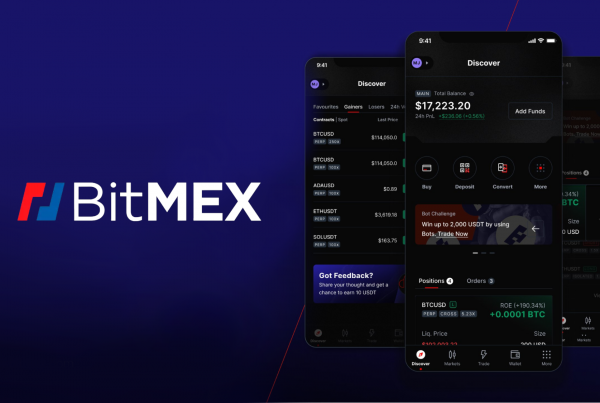
Key takeaways:
- USDC has surpassed USDT as the top stablecoin in terms of its total supply on the Ethereum blockchain
- Tether’s USDT has been losing its market share to both new and more transparent centralized competitors as well as to algorithmic stablecoins
- The stablecoin sector has ballooned in the past year, growing by 410% in the 12-month period since January 1, 2021
The total supply of USDC on the Ethereum chain surpasses that of USDT for the first time
The total supply of USD Coin on the Ethereum blockchain surpassed Tether’s total supply for the first time last week. According to data from blockchain analytics firm The Block, USDC’s supply now amounts to $40.2 billion, while USDT’s Ethereum supply comes in second with $39.8 billion.
The battle for stablecoin supremacy has reached a boiling point over the past year, with several stablecoin issuers making a push to dethrone Tether as the most widely used digital asset in the space. So far, Circle’s USDC is making the best claim for the number one spot. Circle, a crypto consortium backed by Coinbase and Bitmain, has managed to capitalize on different controversies surrounding Tether, ranging from misleading claims of being fully backed by the US dollar and alleged price manipulation of Bitcoin.
While USDT still reigns supreme when taking into account its supply across all blockchains, USDC is quickly catching up despite being available on only three chains compared to USDT’s nine, with the latest addition being Avalanche in mid-November. As of January 16, USDC’s total supply of $45 billion trailed Tether’s $82 billion and accounted for roughly 30% of the entire stablecoin supply.
The stablecoin sector has grown by more than 400% since the beginning of 2021
The stablecoin sector as a whole ballooned over the past year. For reference, the combined supply of major stablecoins increased from $29 billion on January 1, 2021, to $151 billion twelve months later, and the trend shows no signs of slowing down.
One of the more exciting developments in recent months has been the rise of algorithmic stablecoins, which are digital assets that don’t derive their value directly from their USD peg, like USDT or USDC, but are designed to maintain their stable price relation to USD by utilizing a complex set of smart contracts, which guarantees security, drastically reduces the possibility for supply tampering and eliminates the central control of assets.
For instance, Tether has recently frozen three Ethereum addresses holding $150 million worth of USDT among them, which elevated the total amount of blacklisted addresses to date to 563. Following the news of a new batch of blacklistings, the founder of Terra, the issuer of the largest algorithmic stablecoin UST, tweeted that “there is no blacklisting key for $UST,” implying his disagreement with Tether’s actions and pointing out the importance of decentralization.



